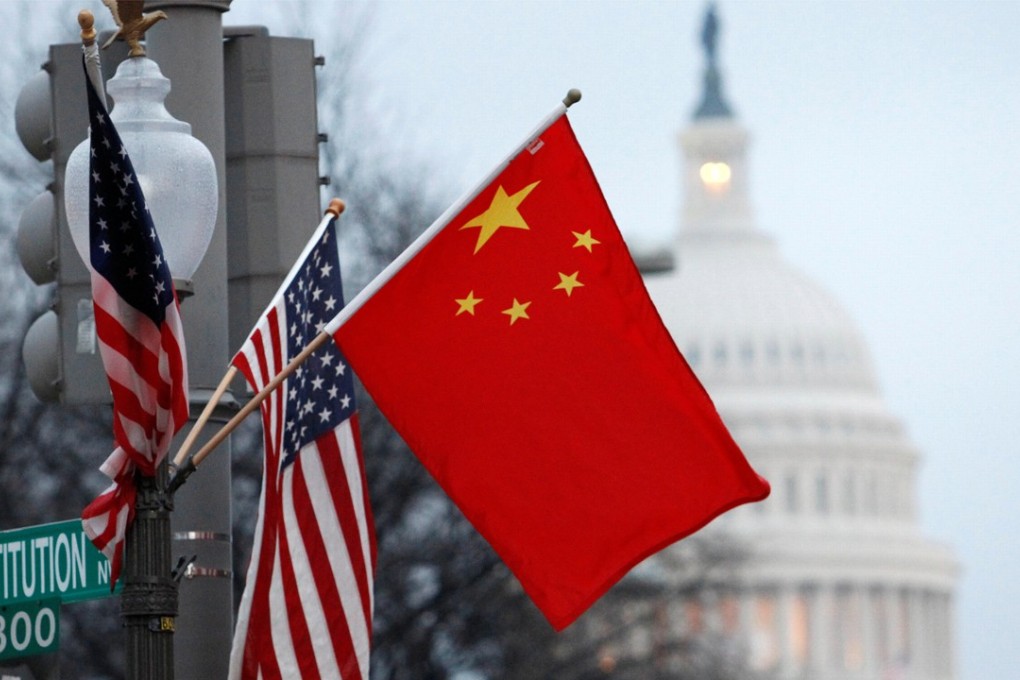Opinion | There is no bilateral solution for the United States’ multilateral dilemma
The United States and China appear to have backed away from the precipice of a trade war, but that framework of negotiations is flawed: a deal with any one country will do little to resolve America’s fundamental economic imbalances that have arisen in an interconnected world.

The good news is the United States and China appear to have backed away from the precipice of a trade war. Their May 19 agreement defuses tension and commits to further negotiation. The bad news is that the framework of negotiations is flawed: a deal with any one country will do little to resolve America’s fundamental economic imbalances that have arisen in an interconnected world.
Politicians have long favoured the bilateral perspective, because it simplifies blame: you “solve” problems by targeting a specific country.
By contrast, the multilateral approach appeals to most economists, because it stresses the balance-of-payments distortions that arise from mismatches between saving and investment. This contrast between the simple and the complex is an obvious and important reason economists often lose public debates.
Such is the case with the US-China debate. China is an easy political target. After all, it accounted for 46 per cent of America’s colossal US$800 billion merchandise trade gap last year. Moreover, China has been charged with violations of international rules, from allegations of currency manipulation to cyber hacking.
Equally significant, China has lost the battle in the arena of public opinion for having failed to live up to the grand bargain struck in 2001, when it was admitted to the World Trade Organisation. Strategic patience has given way to impatience, with the nationalistic Trump administration leading the charge against China.
The counter-argument rings hollow in this climate. Tracing outsize current-account and trade deficits to an extraordinary shortfall of US domestic saving – just 1.3 per cent of national income in the fourth quarter of last year – counts for little in the arena of popular opinion.
